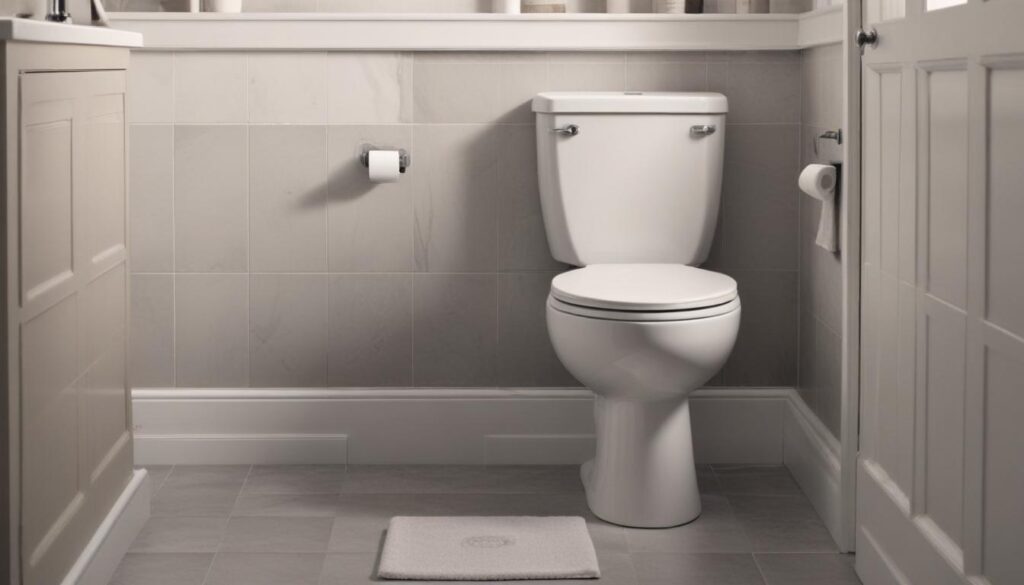How to Replace a Toilet Flapper: A Step-by-Step DIY Guide
Why Replace the Toilet Flapper?
Toilet flappers are responsible for sealing the flush valve, ensuring that water is only released when needed. Over time, flappers wear out due to water exposure, mineral buildup, and general aging, usually lasting 3-5 years. If a flapper is not functioning properly, it can lead to constant leaks, resulting in unnecessarily high water bills and safety hazards from potential water damage.
Another reason to replace a failing flapper is the risk of damaging the toilet’s overflow tube. If a flapper loses its seal integrity, it may cause water to rise above the overflow tube level, disrupting the efficiency of your toilet system. Luckily, flapper replacement is simple and affordable. Most replacements can be completed in under an hour with minimal tools, and the preventative benefits are worth the small investment of time. This is an important maintenance task for every homeowner to stay proactive and avoid escalating plumbing costs.
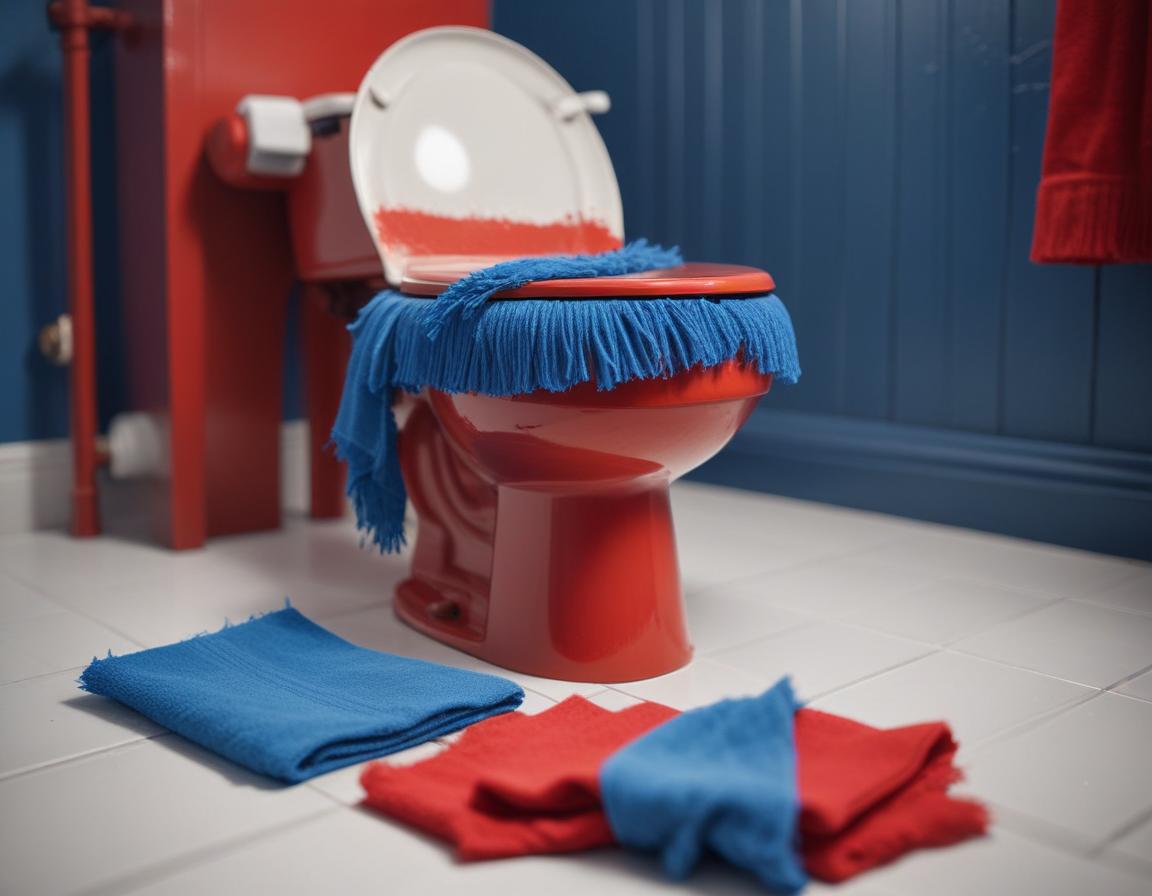
Tools & Materials to Gather
Preparation is key when undertaking any DIY repair, and replacing your toilet flapper is no different. Before getting started, gather the necessary tools and materials to make the process seamless:
- A new toilet flapper: Ensure it’s compatible with your toilet’s make and model. Not all flappers are universal.
- Rubber gloves: Keep your hands clean and protected.
- A towel or rag: Great for soaking up remaining water from the tank.
- Diagonal cutters: These are handy if the old chain links require trimming for proper adjustment.
Having these items handy will ensure a smooth workflow and save you from making last-minute trips to the hardware store.
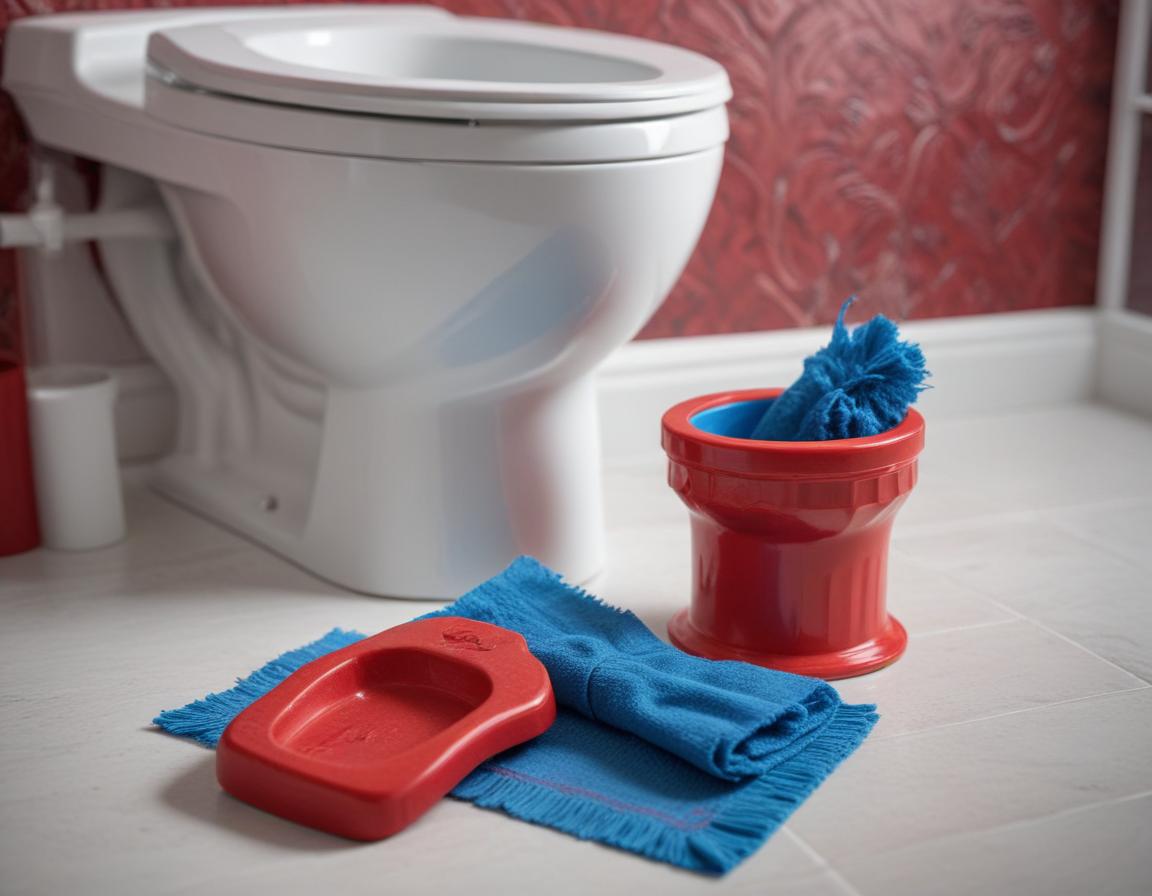
Step 1: Shut Off Water Supply
The first and most crucial step is to shut off the water supply to your toilet. Not only does this step prevent continuous tank refills, but it also minimizes messes during the replacement process.
To locate the water shutoff valve, look behind or beside your toilet. It’s typically a small knob connected to the wall or floor. Turn it clockwise until it’s closed tightly. Once the water supply is off, flush the toilet to drain the tank. If there’s residual water at the bottom, soak it up with a towel or sponge.
Taking this precaution ensures a mess-free experience and a smoother repair process.
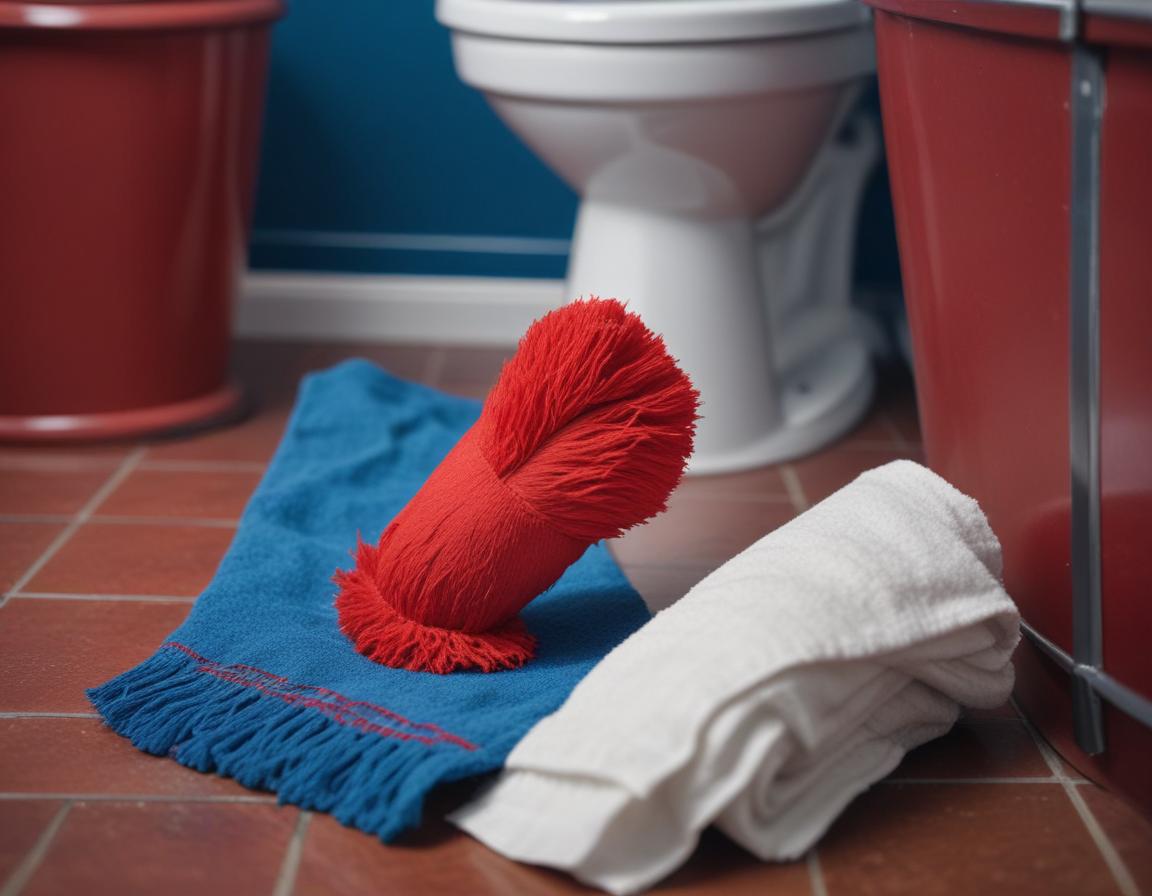
Step 3: Remove the Old Flapper
Now it’s time to remove the old flapper. Inside your tank, you’ll see a small chain connected to the flush lever arm. Carefully remove this chain as it lifts the flapper. Sometimes, older chains are rusted or fragile, so handle them with care.
Next, detach the flapper from the overflow tube. This rubber or silicone piece may be deteriorated or lingering with hard water deposits, requiring a bit of extra effort to remove. Discard the old flapper and wipe down the surrounding areas to remove residue for a proper seal once the new flapper is installed.
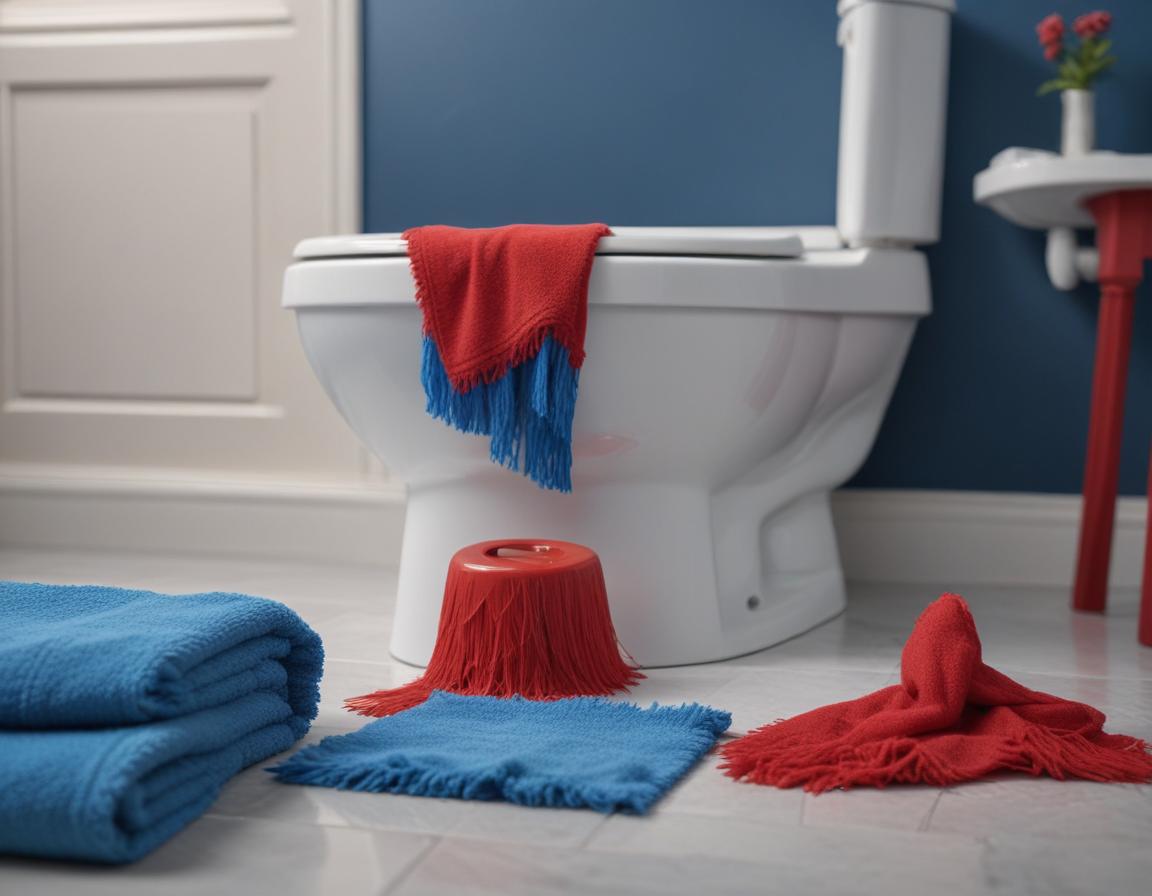
Step 5: Install the New Flapper
With the old flapper out, installing the new one is straightforward. Begin by attaching the new flapper to the overflow tube’s hinge points. Follow the specific instructions included with your model; some flappers may require minor adjustments.
Reconnect the chain to the flush lever, ensuring it has about ½ inch of slack. Too much or too little slack can disrupt the flapper’s functionality. After reconnecting it, gently place the flapper over its seat and check to ensure it’s secure and properly aligned.
You’re now ready to test your work!
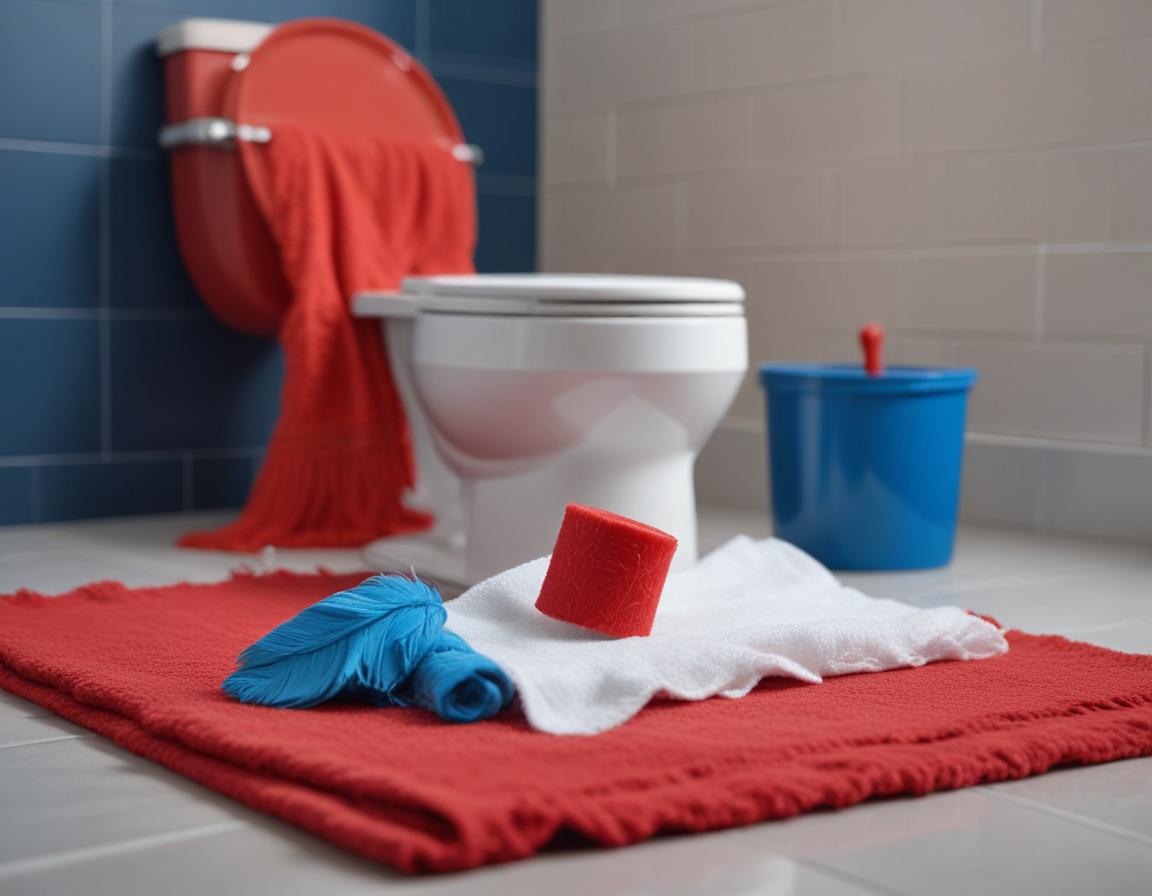
Step 6: Test and Finishing Touches
With the new flapper installed, it’s time to turn the water back on. Rotate the shutoff valve counterclockwise and allow the tank to refill. Flush the toilet to test your work and observe the flapper and chain to ensure everything operates smoothly.
If you notice leaks or hear water hissing, tweak the flapper’s seating or the chain length until you achieve a watertight seal. Once you’re satisfied, inspect the tank one last time to confirm there’s no leftover debris or obstructions.
Congratulations! You’ve successfully replaced your toilet flapper and given your bathroom a functional upgrade!
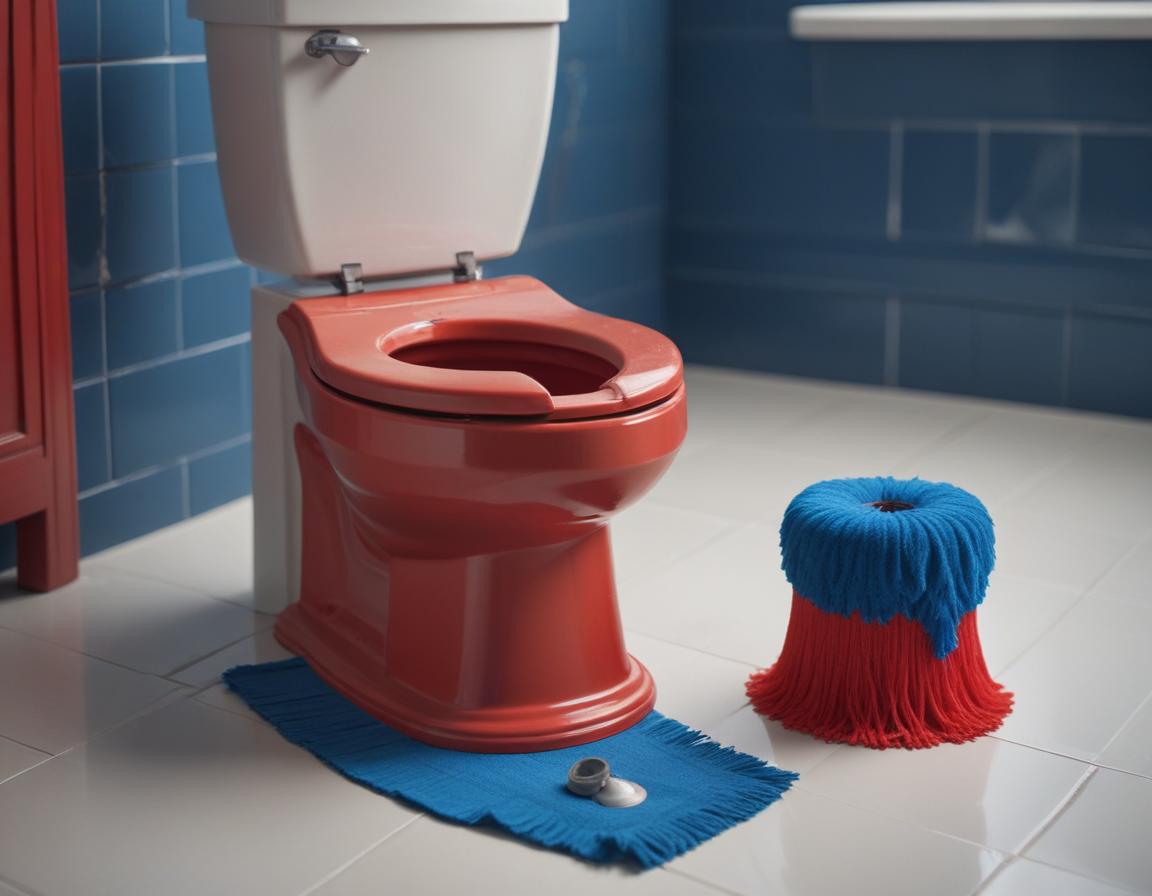
“`

